Ghost Ranch is a 21,000-acre retreat and education center owned by the Presbyterian Church north of Abiquiu, NM. While the ranch has an interesting past, artist Georgia O’Keeffe, brought international fame to the place.
Next to it is this picturesque log cabin. You may recognize it from the movie, City Slickers. The corral next to the cabin was also used in the film. The multicolored cliffs in the distance are gorgeous (and what attracted O’Keeffe to the ranch).
Parking was available near the Welcome Center. A staff member greeted us on the front porch and provided a run-down of things to see on the afternoon we visited.
Exhibits in front of the center provide the cultural history of the area: In 6,000 BCE, hunter-gatherer tribes camped seasonally along the Chama River here; 1730s, Spaniards arrived in the area; 1820-1850, Negotiations between the Ute, Navajo, Jicarilla Apache and US held regarding ownership; 1876. Archuleta brothers homestead on the property (farming, ranching, cattle rustling) and build Ghost House.
The land was sold to Santa Fe lawyers for back taxes. In 1927 R.L. Pfaffle (reportedly) won the homestead in a poker game. His ex-wife (Carol B. Stanley) got the deed to the homestead in their divorce. She acquired more land and began the dude ranch era at Ghost Ranch.
Georgia O’Keeffe visited the ranch for the first time in 1929 and fell in love with the place. In 1933, Arthur Pack, a conservationist millionaire, purchased 390 acres of the ranch (and eventually owned 20,000 acres). Pack married Phoebe Finley in 1936 and established a dude ranch that could accommodate 20 guests. O’Keeffe was their guest as were Charles Lindbergh, Ansel Adams, John Wayne, and others. By 1940, O’Keefe had moved (part-time) into a cottage on the ranch followed by the purchase of Pack’s home and 7.6 acres. Pack and his wife had built a second home on the ranch. This is the view from the cottage.
O’Keeffe purchased a second home and studio in Abiquiu (1945) that served as her primary residence. She split her time between New York and New Mexico until her husband’s death (1946) at which time she moved to Abiquiu year-round. Her last few years of life were spent in Santa Fe where she died at age 98. Tours of her home and studio in Abiquiu are available (reservations required). The O’Keeffe Landscape Trail Ride affords views that inspired multiple O’Keeffe paintings and her house on the ranch (offered at 10 am and 2 pm daily).
In 1947 an important discovery of dinosaur fossils (notably, Coelophysis) was found in a quarry on the ranch. Today, exhibits at the Ruth Hall Museum of Paleontology provide the story of the discovery and future excavations.
Hundreds of Coelophysis that died of thirst, hunger or drowning were found in the river channel. Sand and silt covered the skeletons and the fossils formed over millions of years.
Bones of the primitive land alligator, Hesperosuches, have also been found on the ranch along with other specimens.
Exhibits provide additional information about the excavation process and numerous finds at Ghost Ranch.
There was a special exhibit, Ladies of the Canyon on display. Below are two of the featured women: Natalie Curtis Burlin and Carol Bishop Stanley.
Max Roybal (1912-1995) was taught the art of Santo carving by his grandfather. In 1976, he was invited to teach Hispanic Wood Carving at Ghost Ranch; and, continued to do so for 20 years.
The museum houses ancient artifacts from Paleo Indian culture through the Puebloan times to present day pottery. Below are Clovis and Folsom arrow and spearheads from 13,500 years ago.
The largest collection of Gallina culture (AD 1050-1300) artifacts can be found in the museum and were excavated from the Rattlesnake Ridge site on the ranch.
The Sapawe pottery (AD 1400) featured Avanyu (the plumed water serpent). It is the Tewa version of Quetzalcoatl from Mexico.
A collection of beautiful black-on-black pottery (1939-1945) by Maria and Julian Martinez is also on display.
There are hiking trails (9) at the ranch that are open to visitors (unfortunately, we did not have the time to do any hiking). If we are in the area again in the future, we will definitely plan to do so.
Numerous conferences and workshops are offered at Ghost Ranch including 3 week-long art retreats and various other programs are held here year by many organizations. Overnight accommodations (no-frill, clean rooms with private or shared bath) as well as tent or RV camping are available to individuals/families.
But, the primary allure of Ghost Ranch is the magnificent landscape.
Numerous conferences and workshops are offered at Ghost Ranch including 3 week-long art retreats and various other programs are held here year by many organizations. Overnight accommodations (no-frill, clean rooms with private or shared bath) as well as tent or RV camping are available to individuals/families.
But, the primary allure of Ghost Ranch is the magnificent landscape.
There is a suggested donation of $5/per person to visit Ghost Ranch (that we paid at the Welcome Center). It includes hiking, sightseeing, and admission to the two small museums. There is so much to do here, but some advanced planning is definitely advisable.
Website: www.ghostranch.org
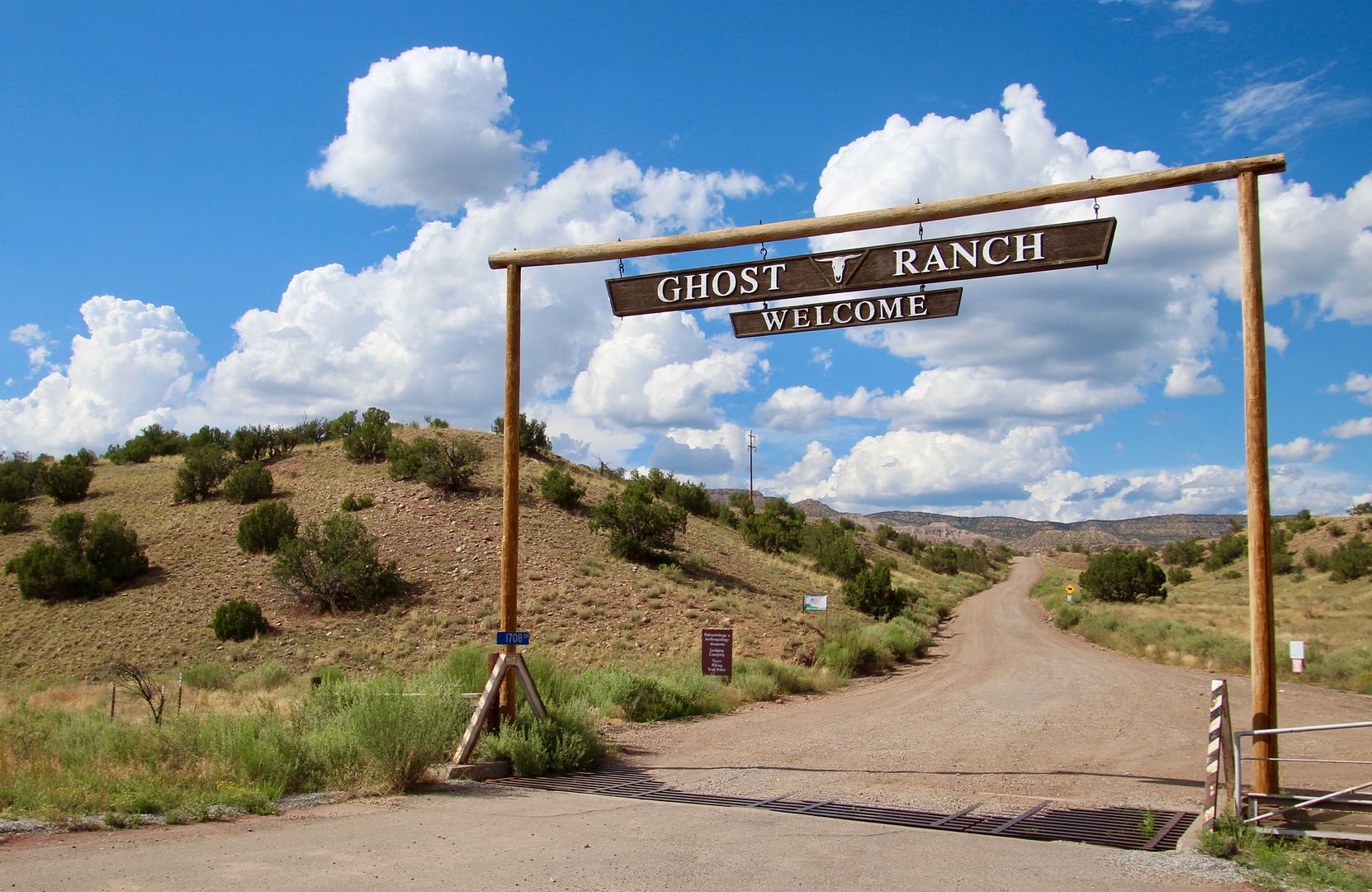
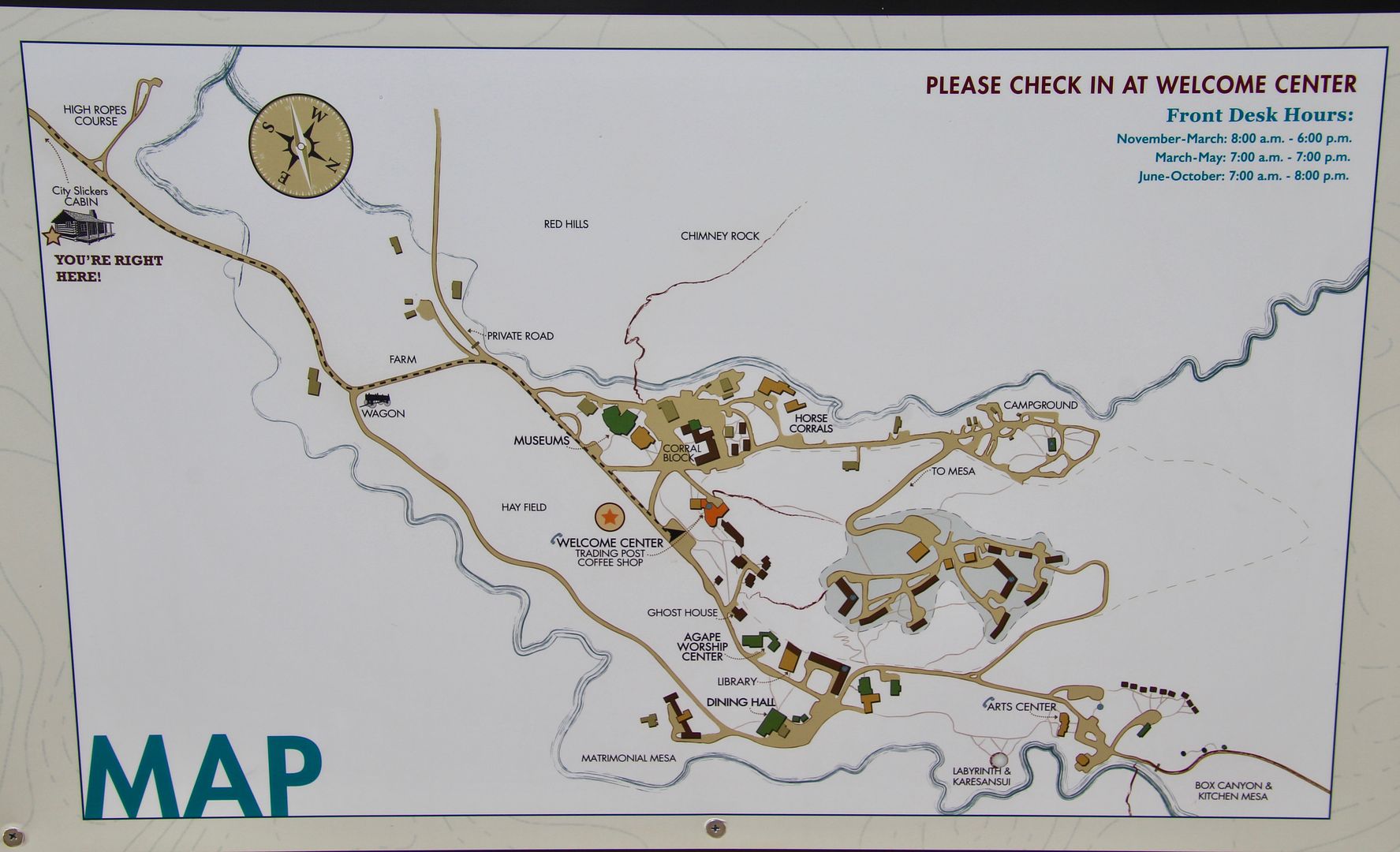
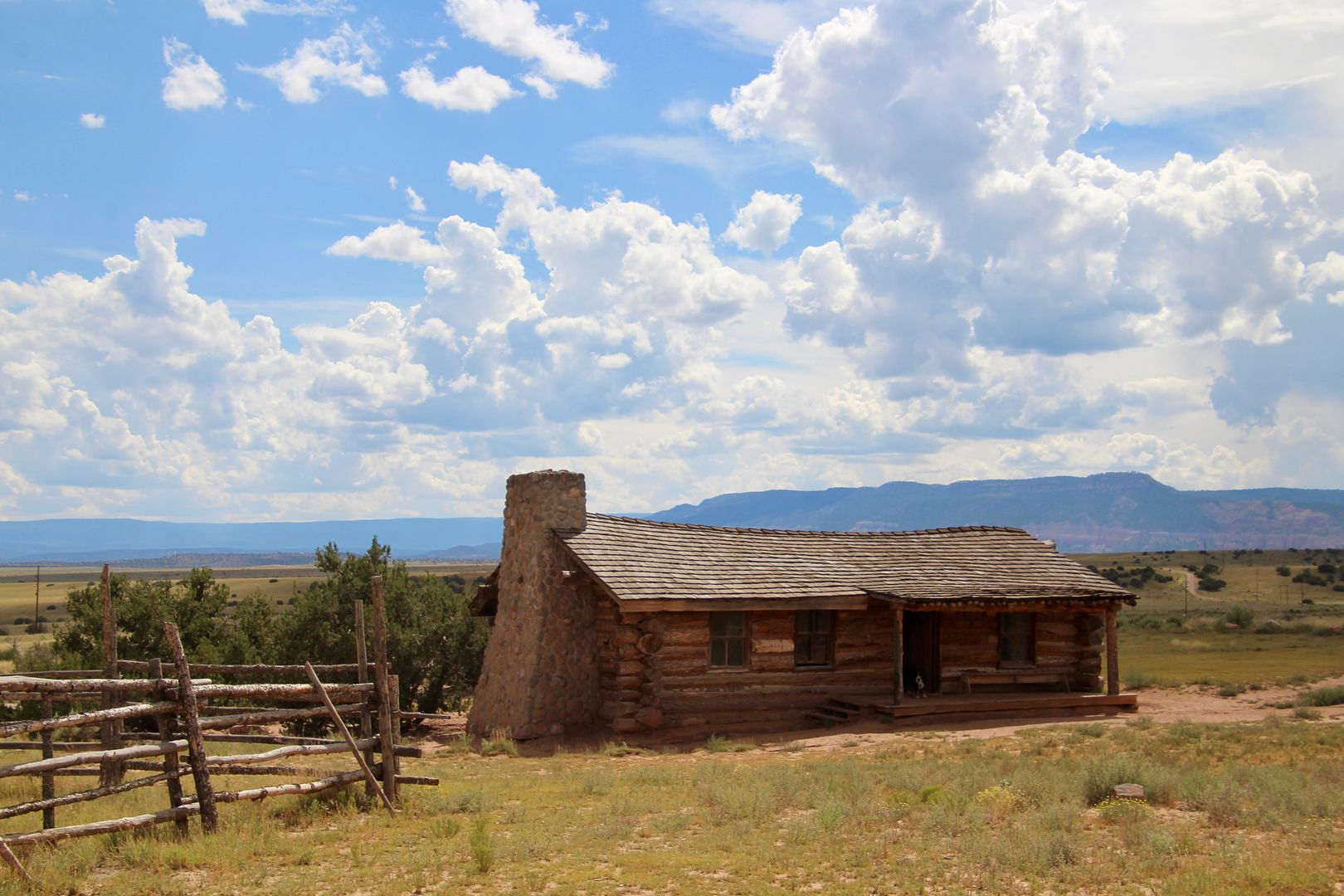
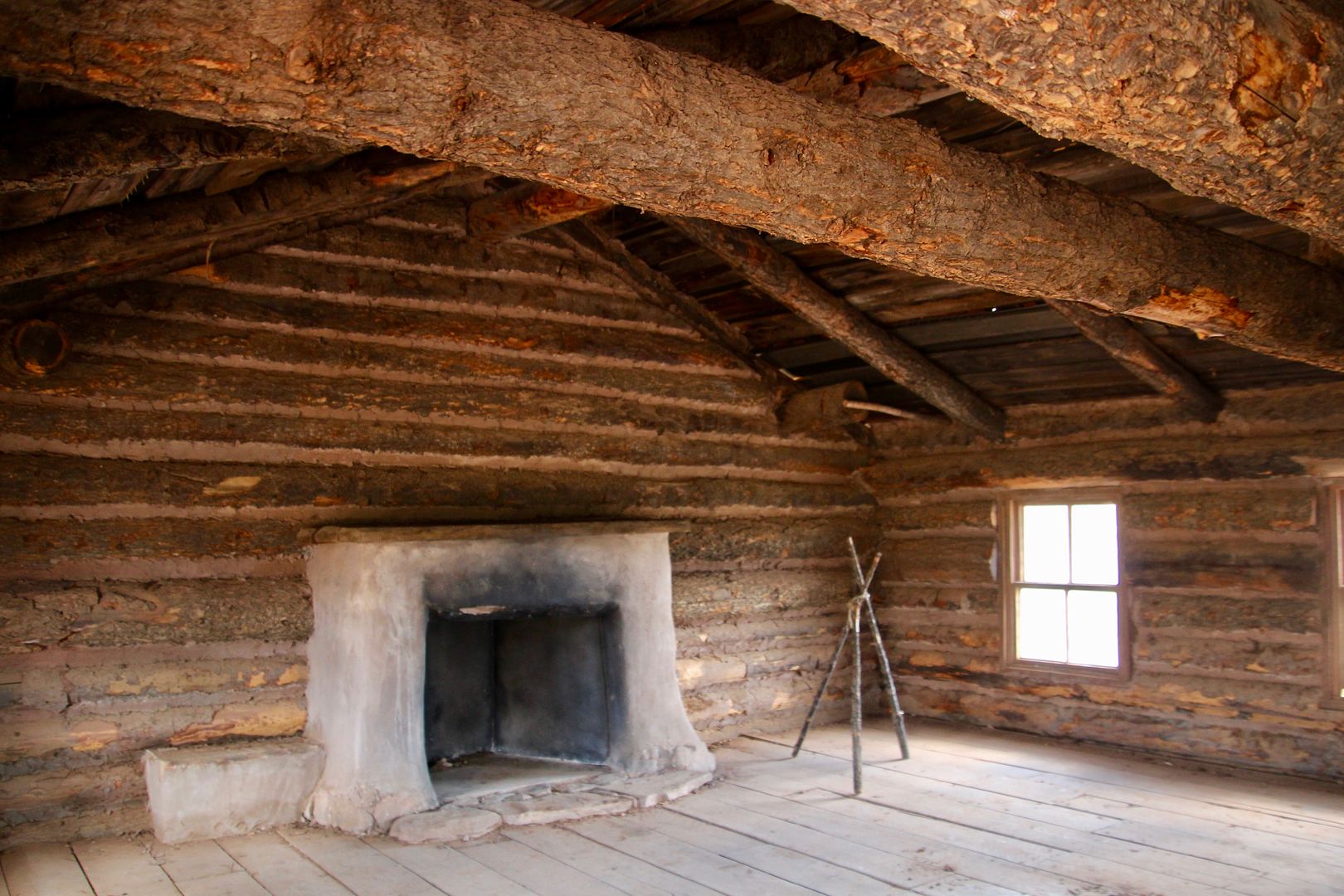
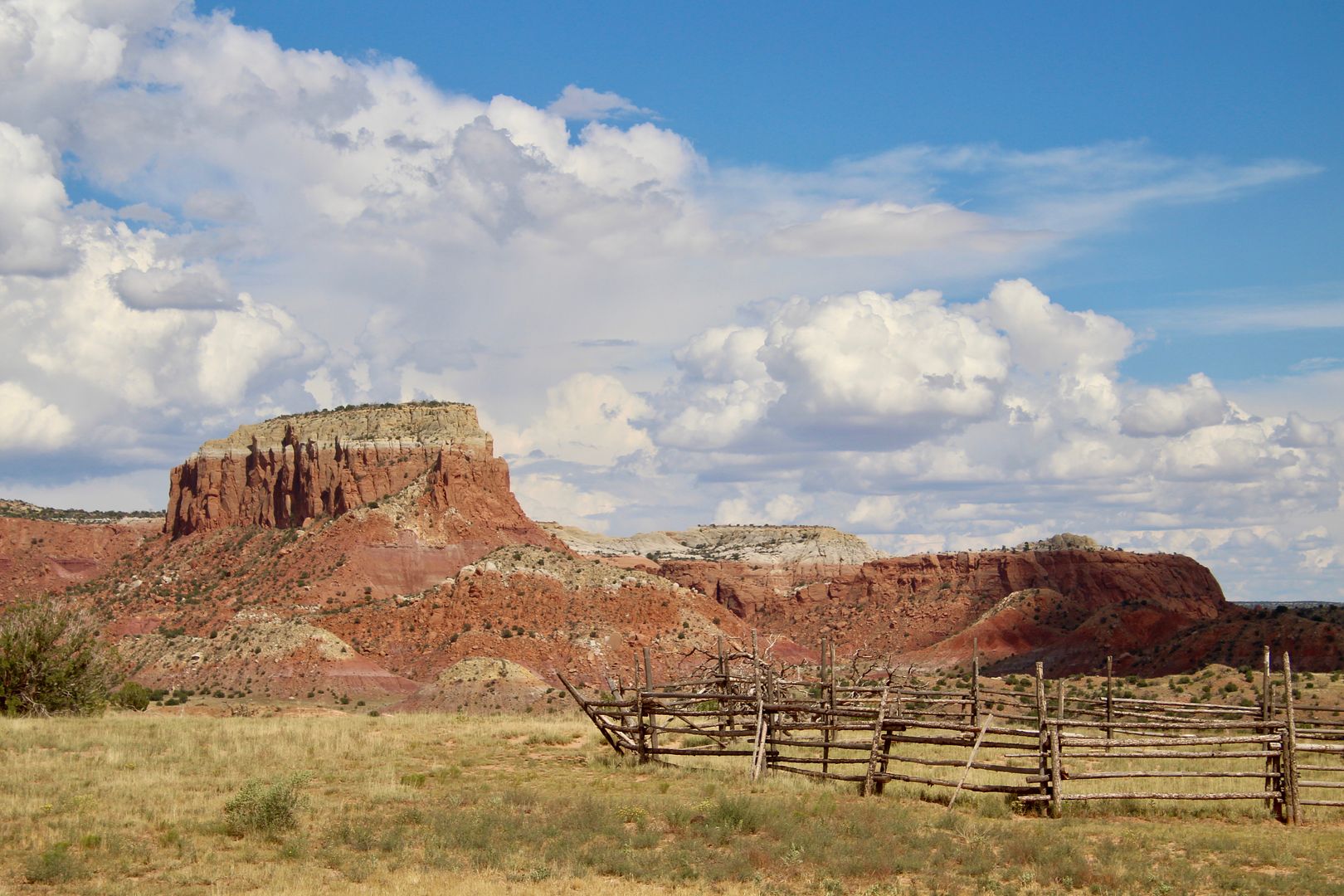
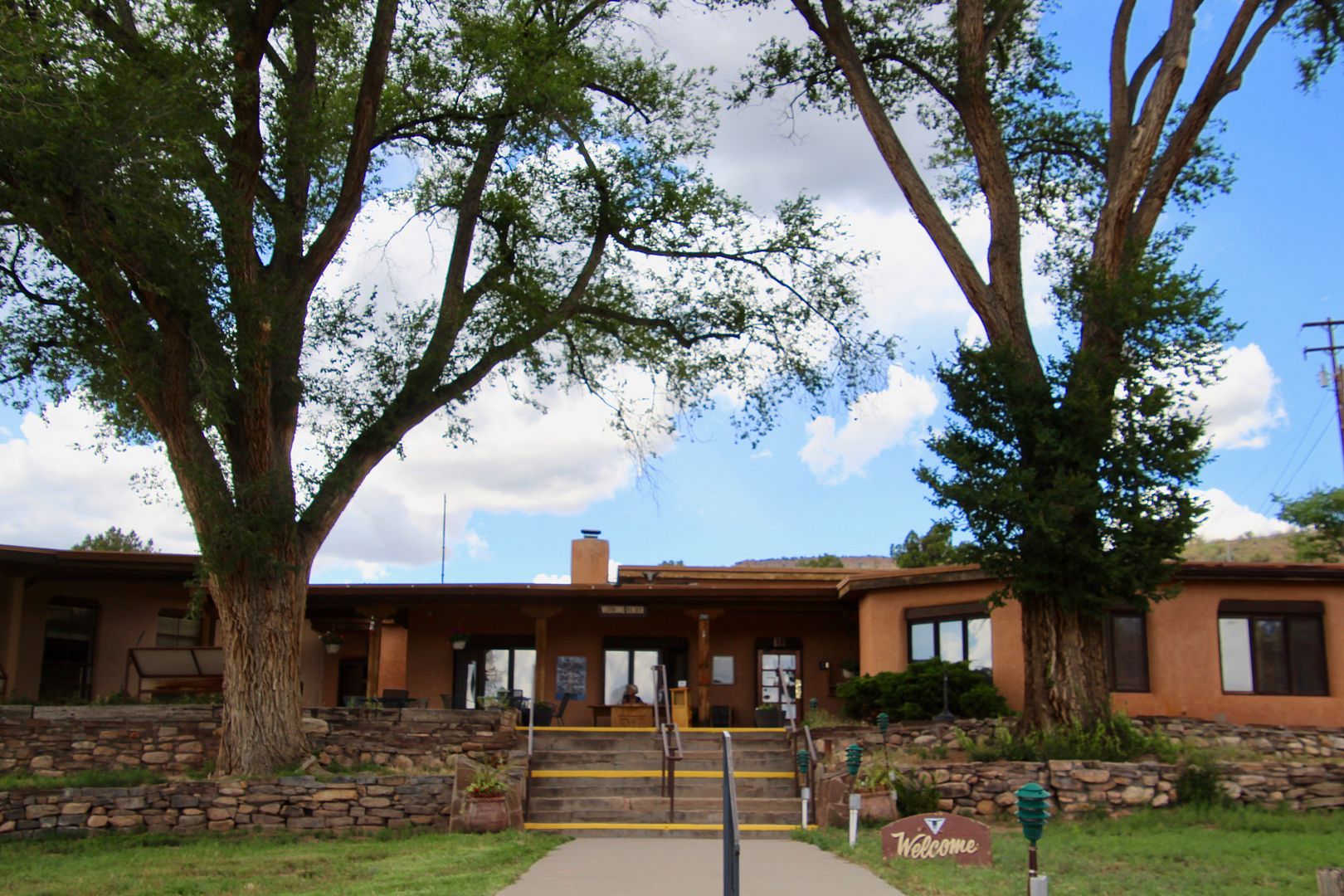
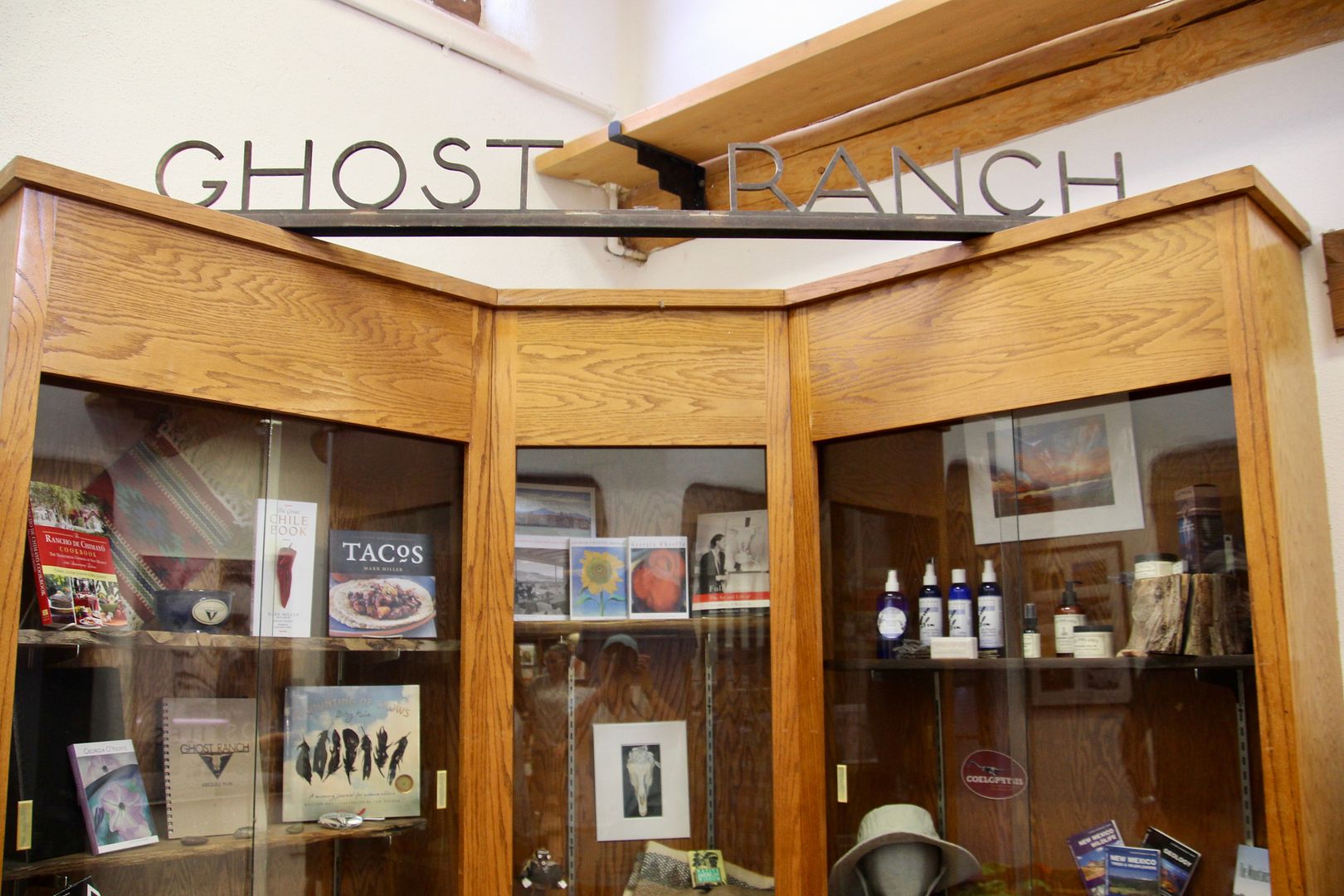
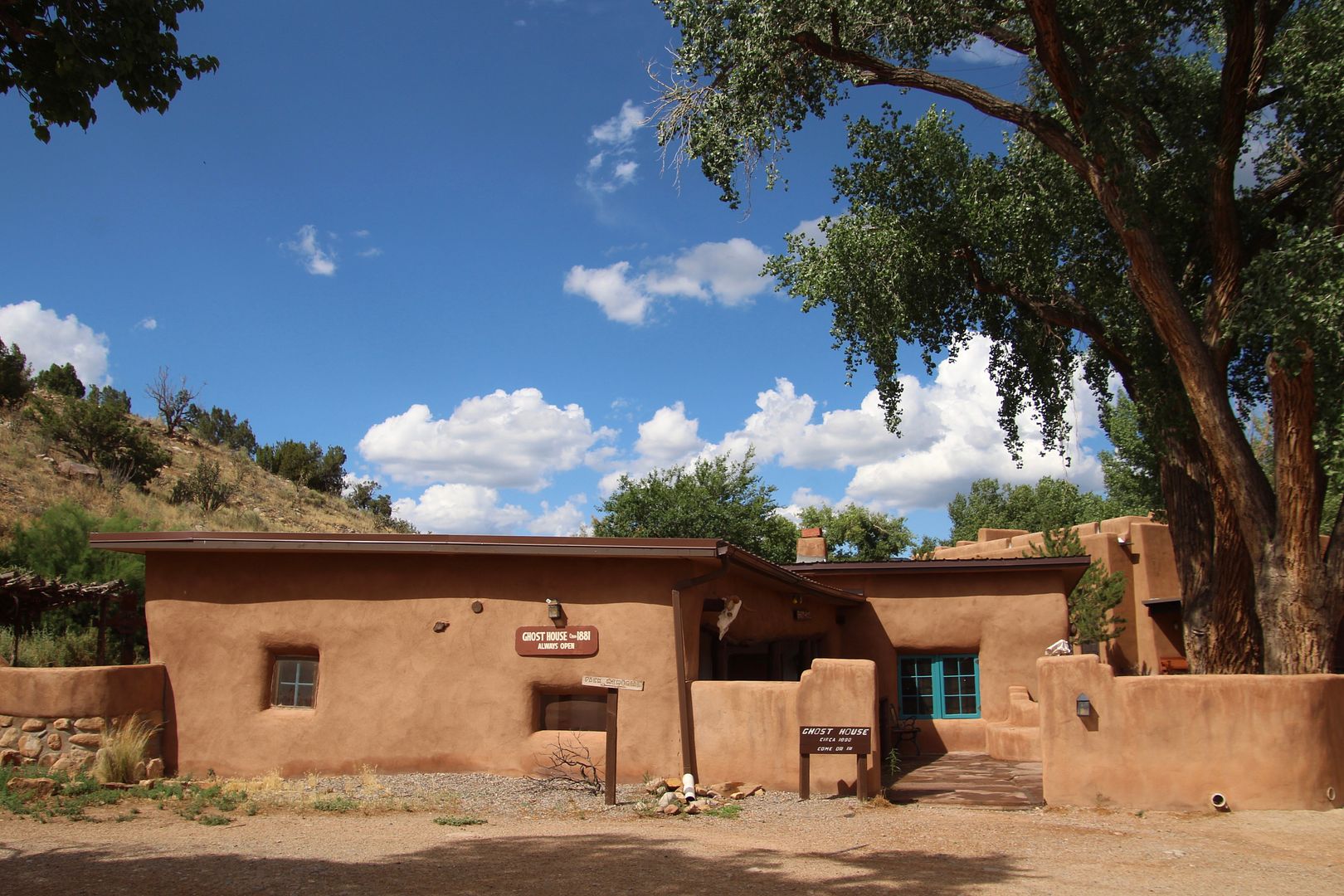

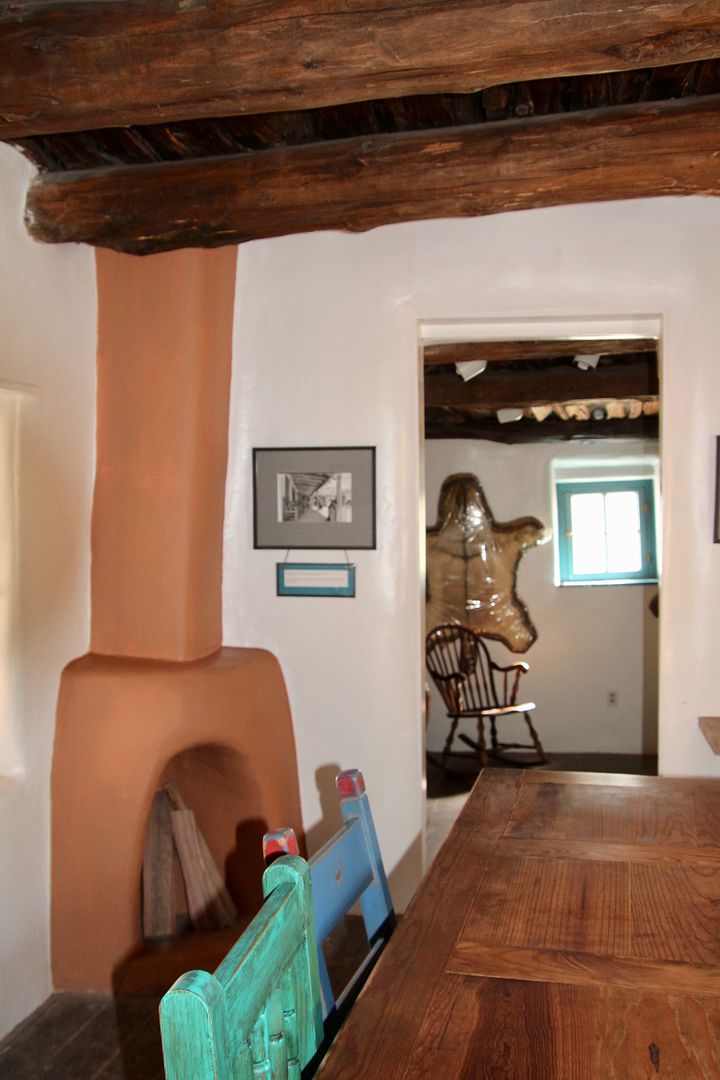
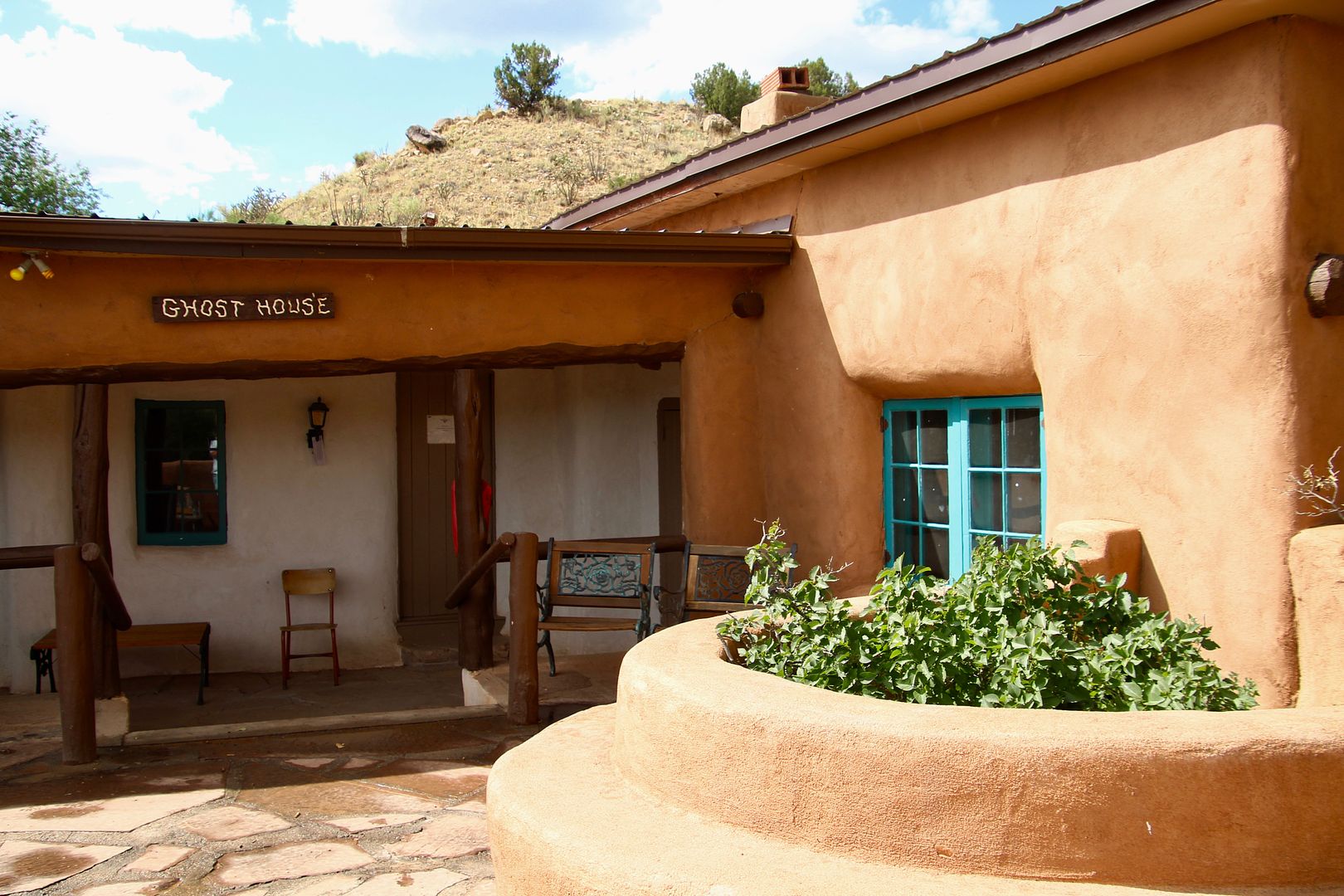
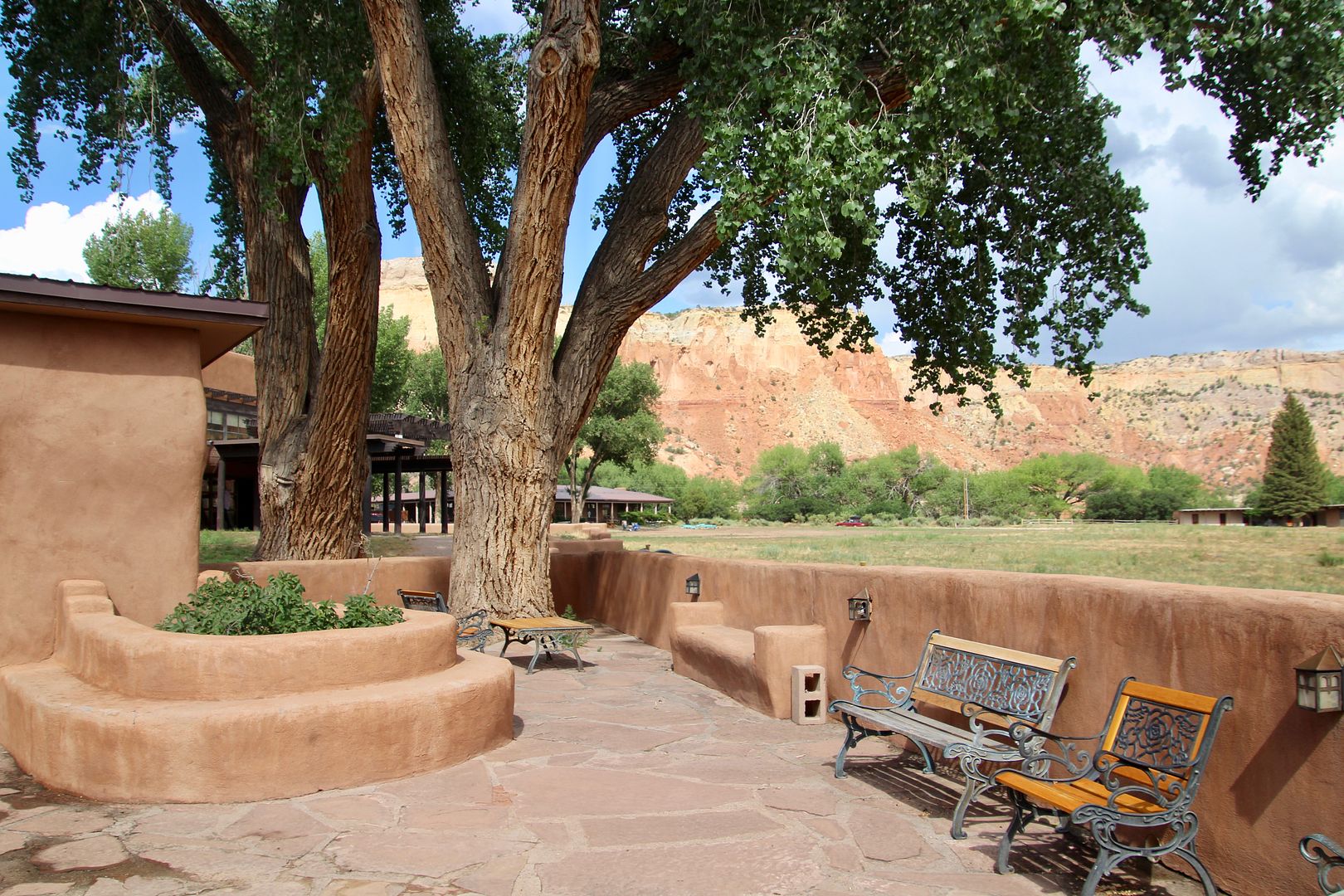
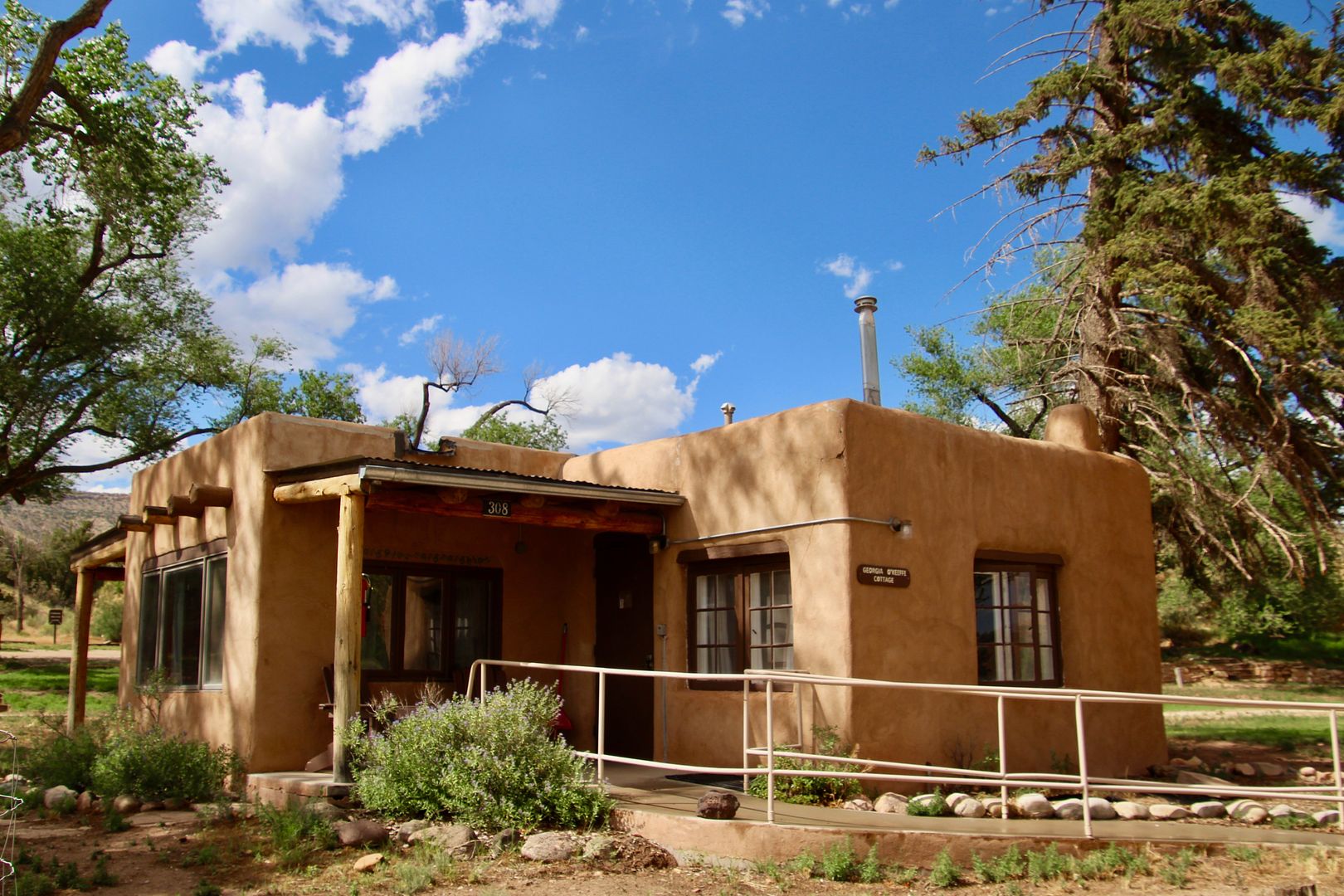
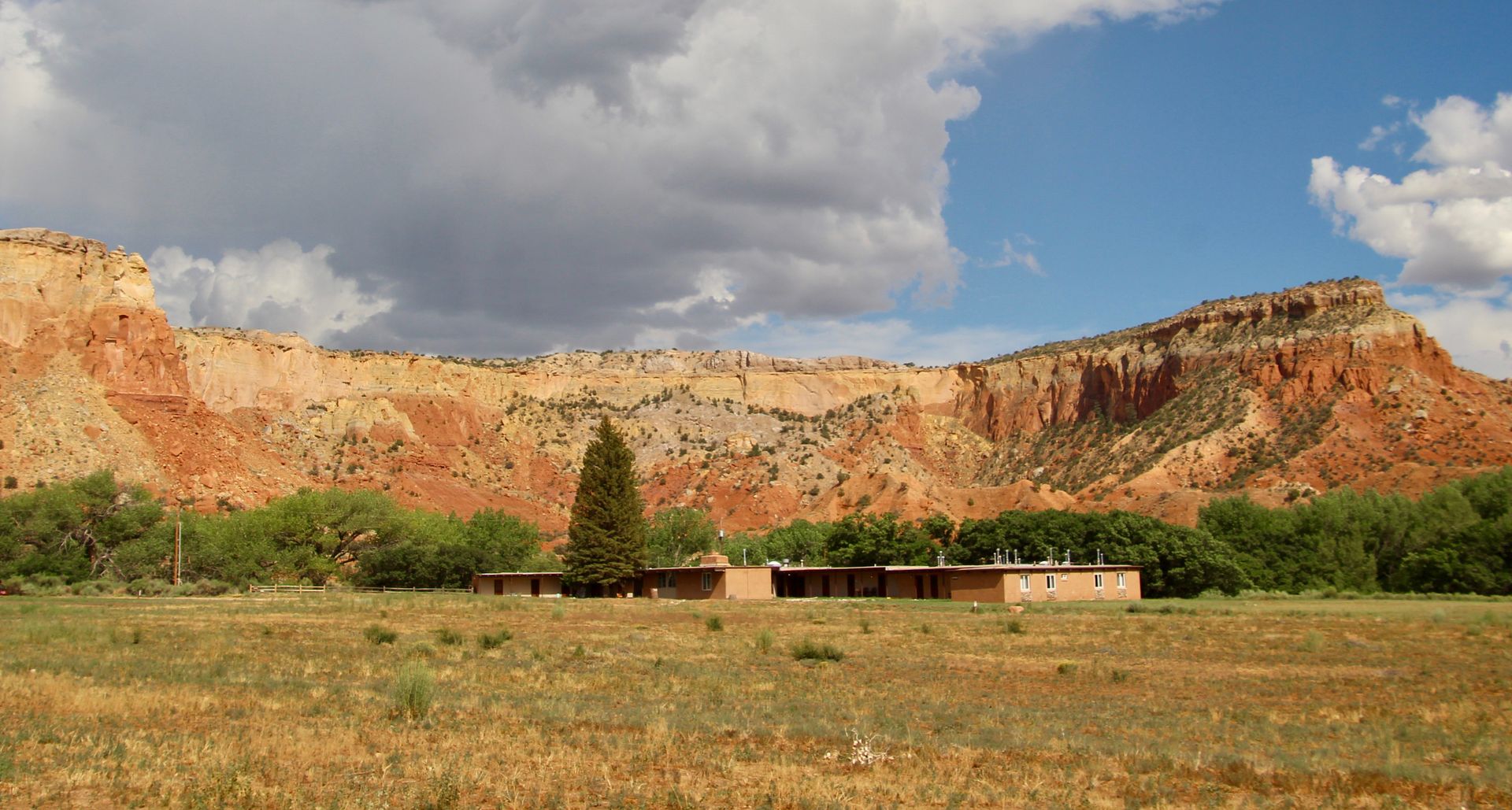



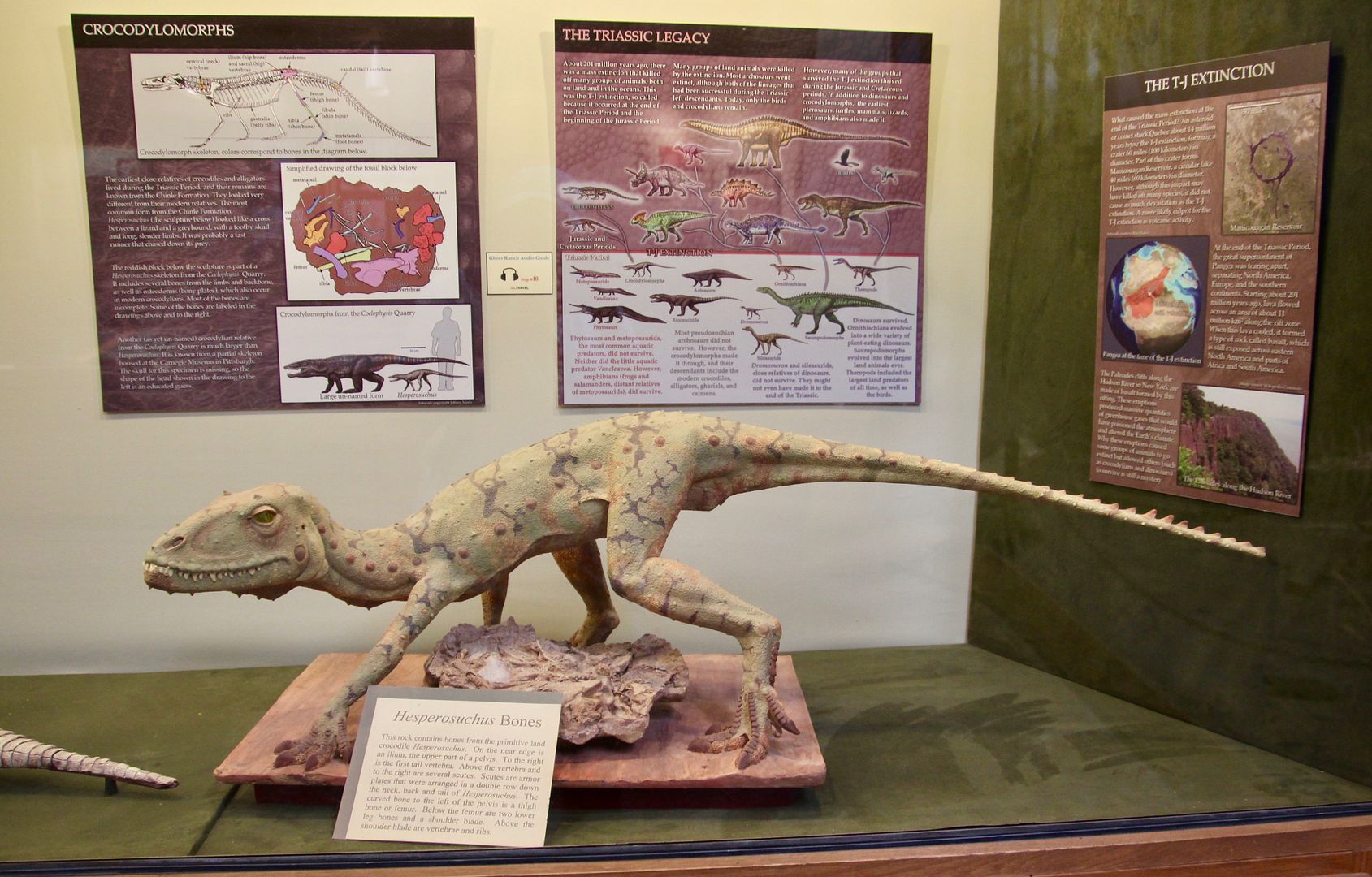



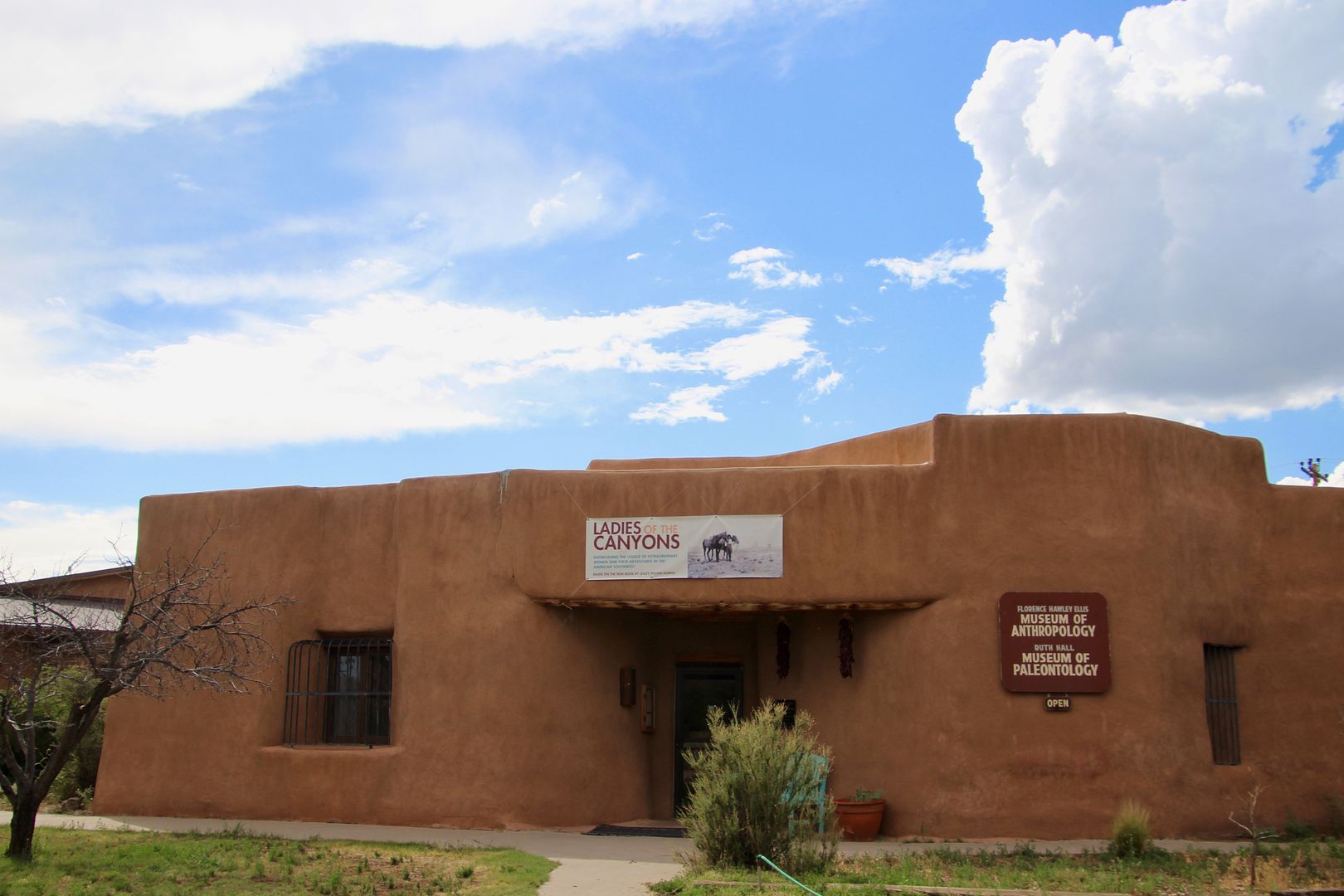
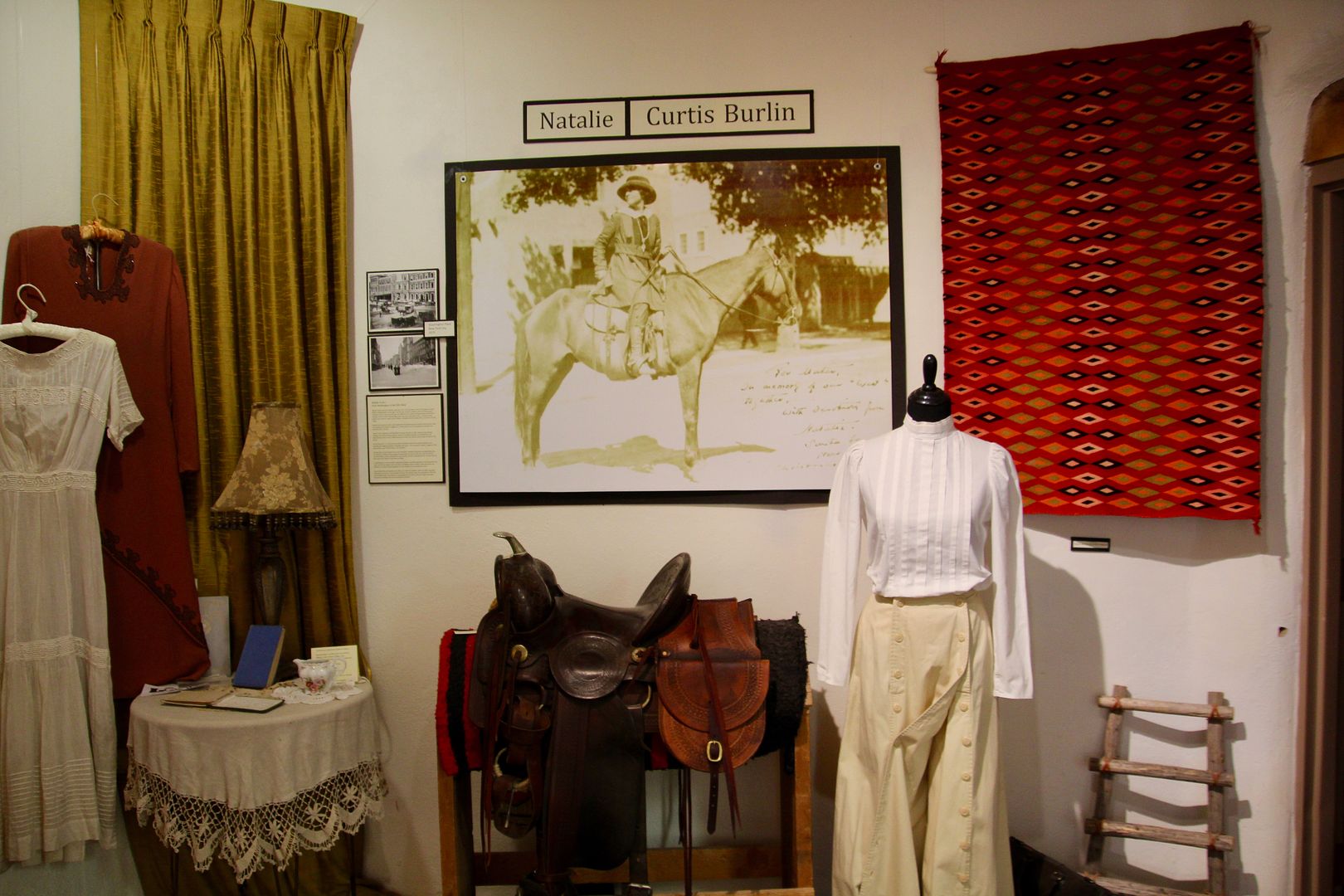
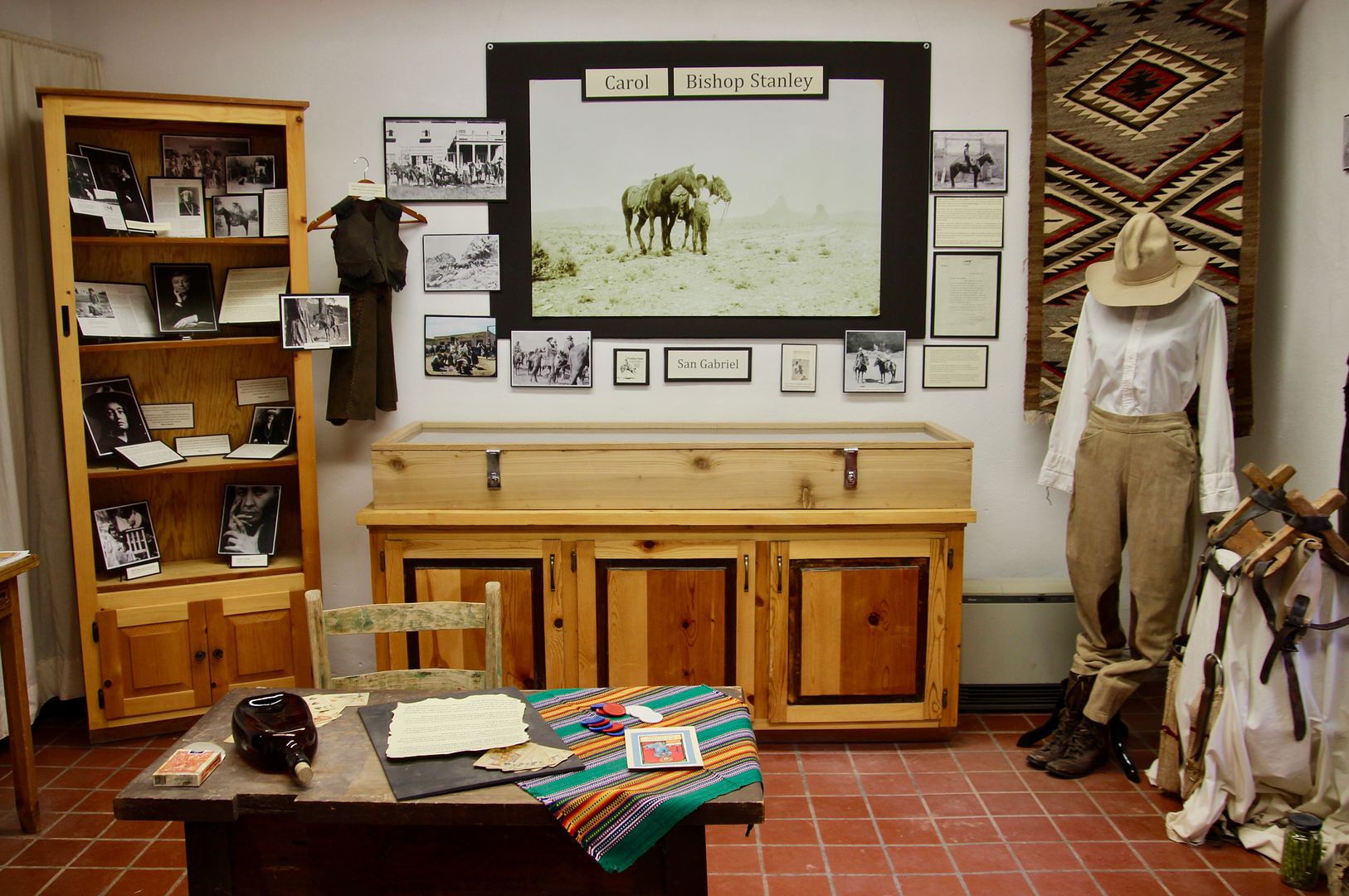
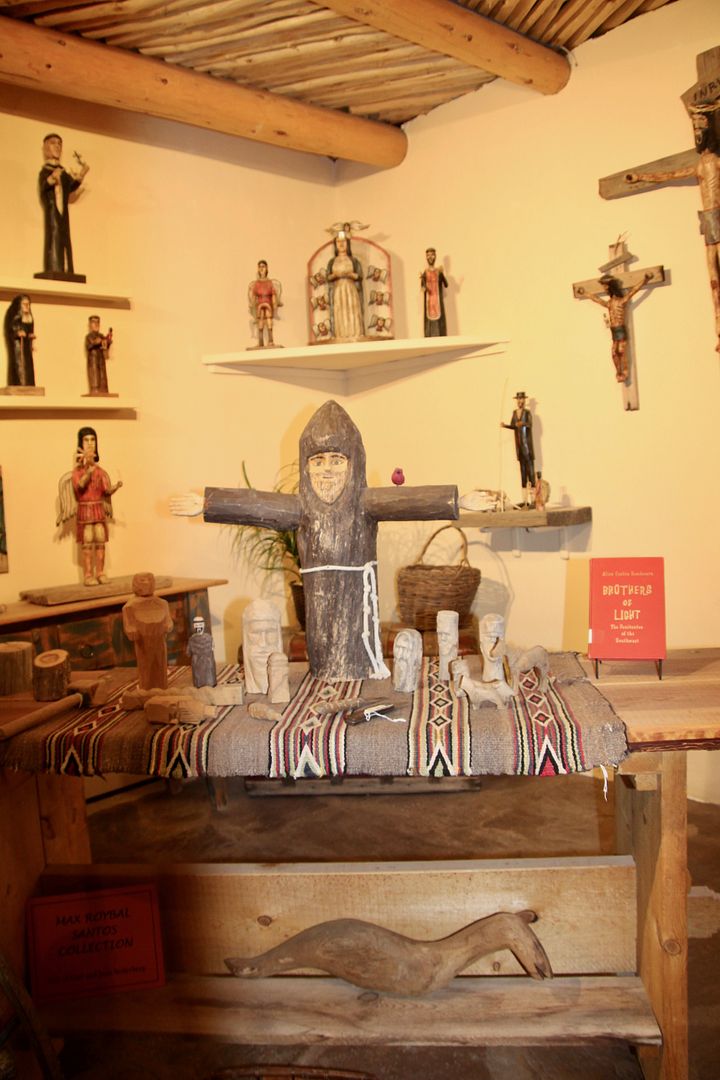
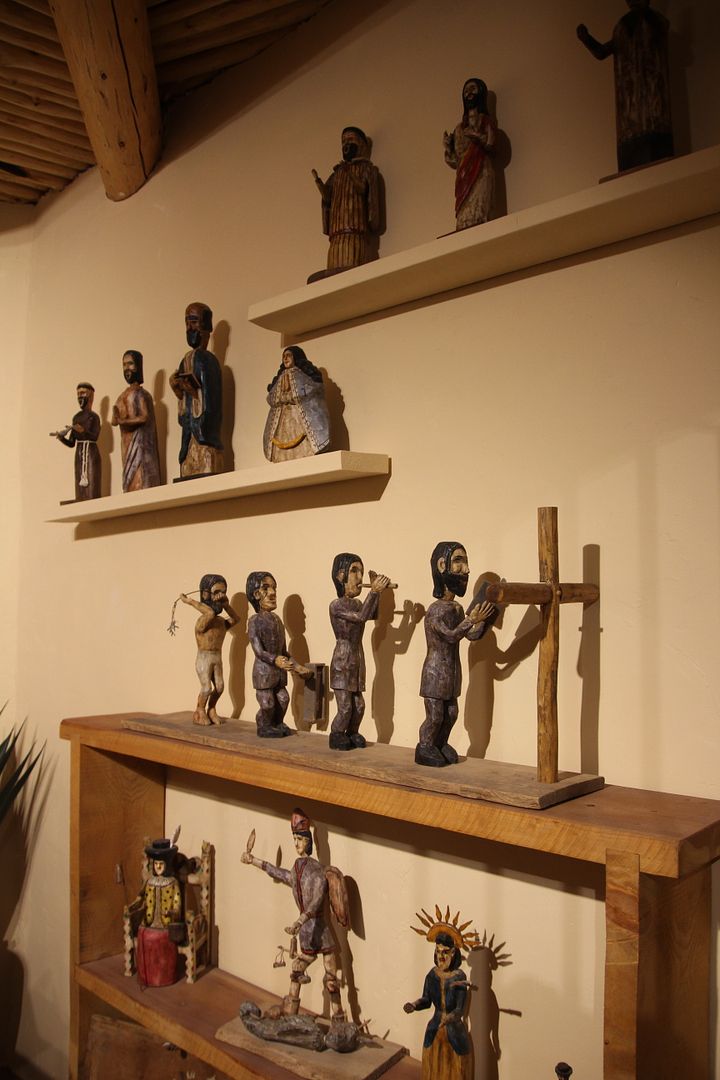
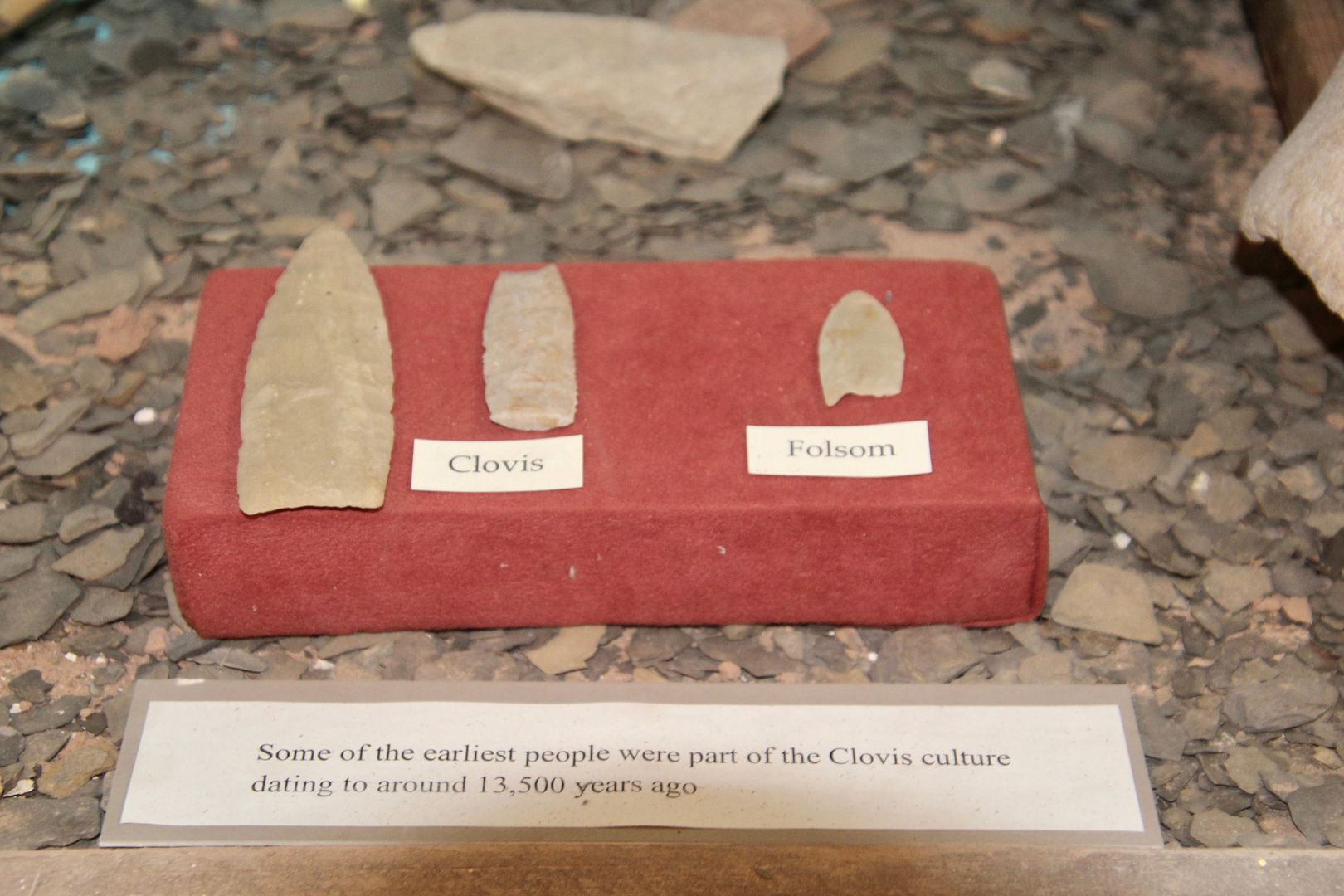
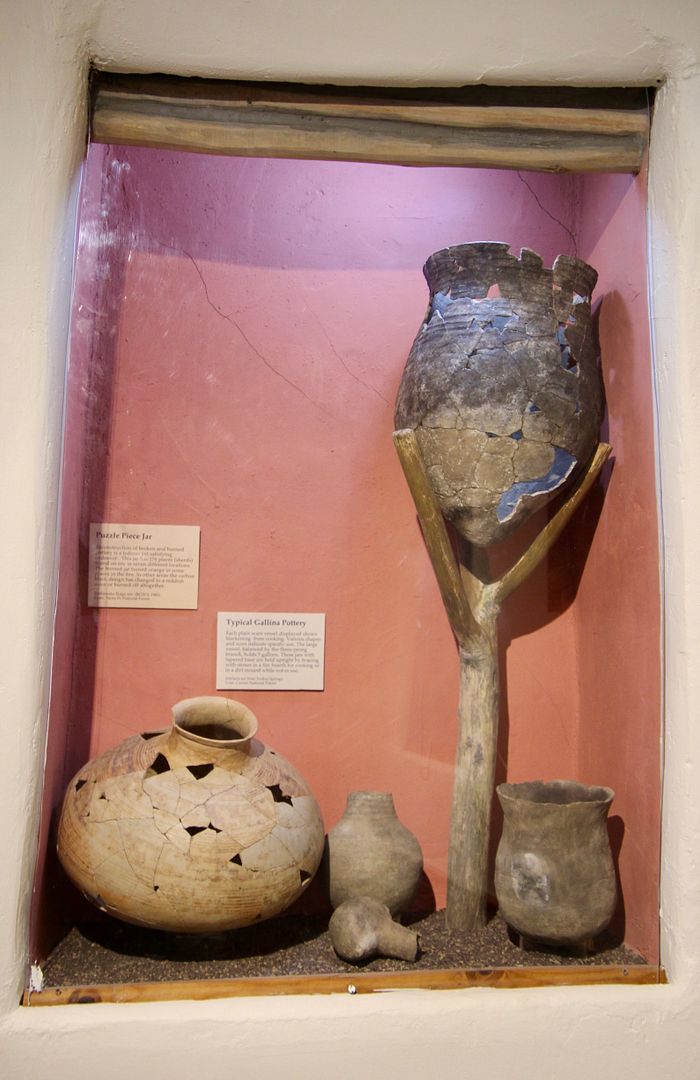
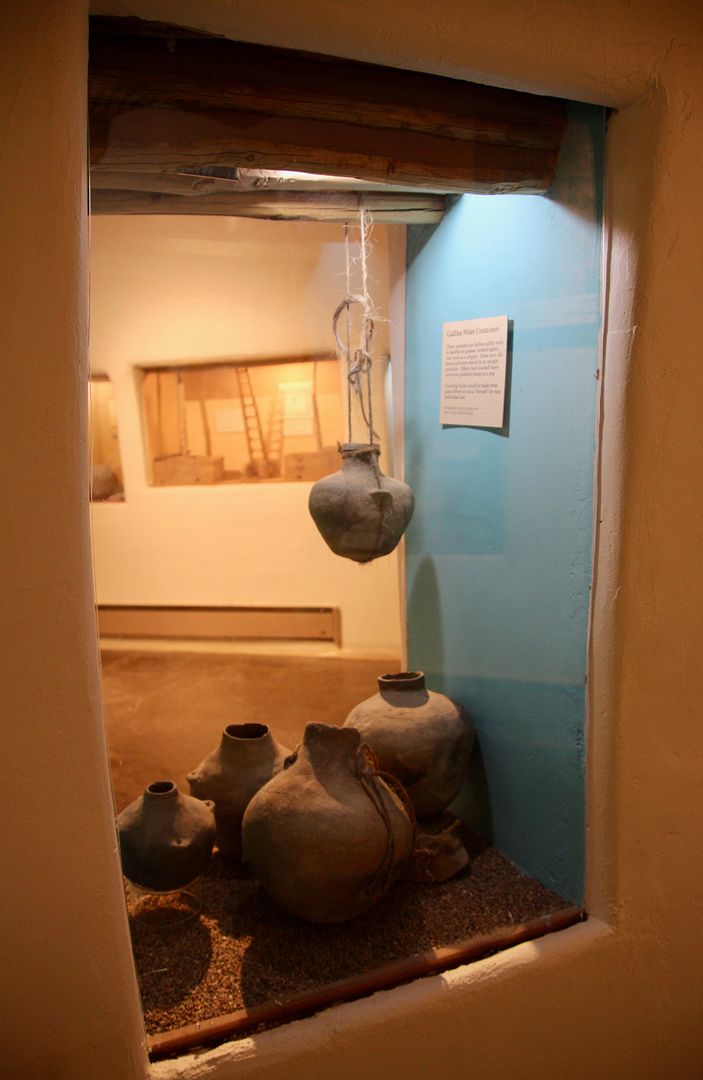
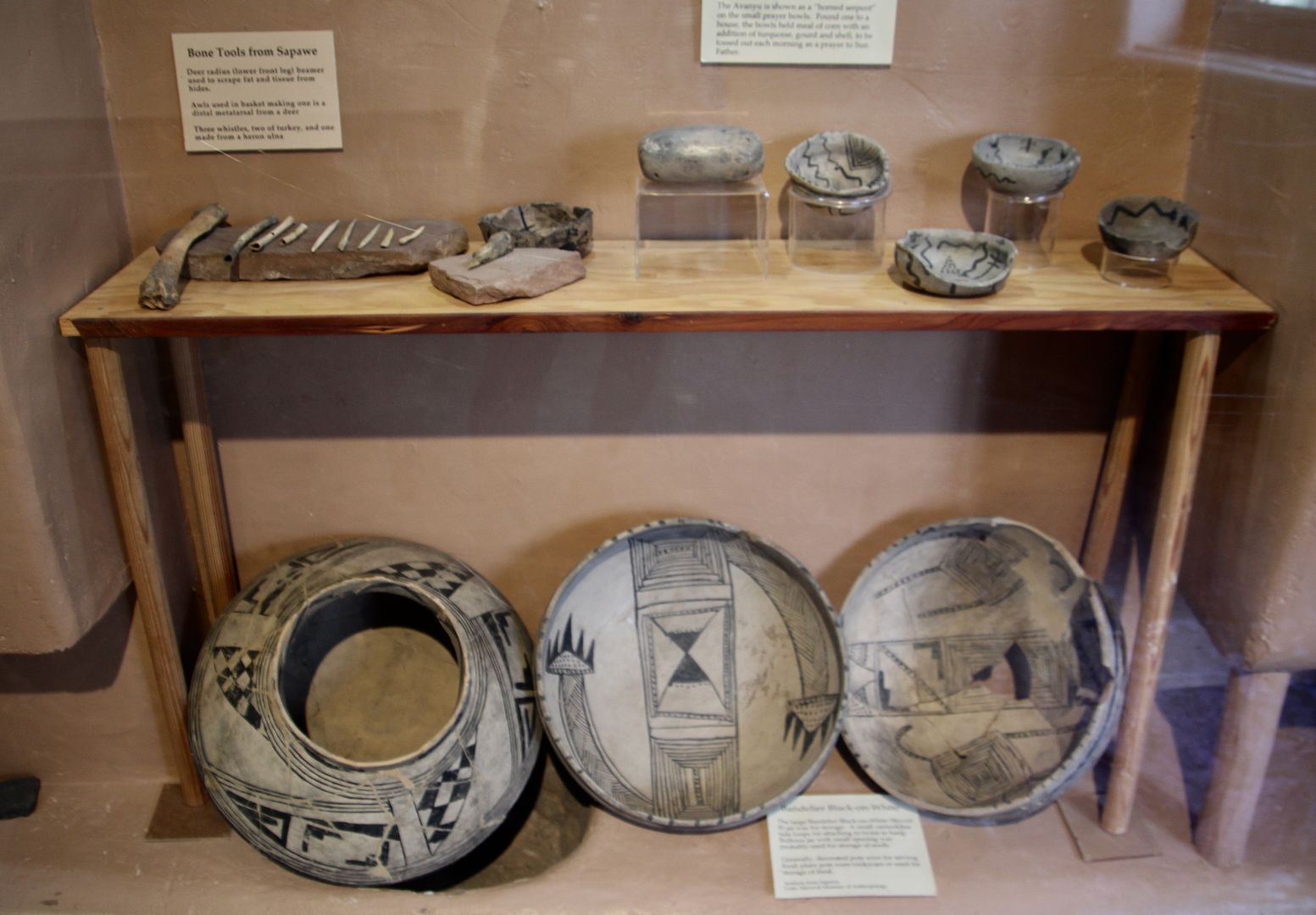

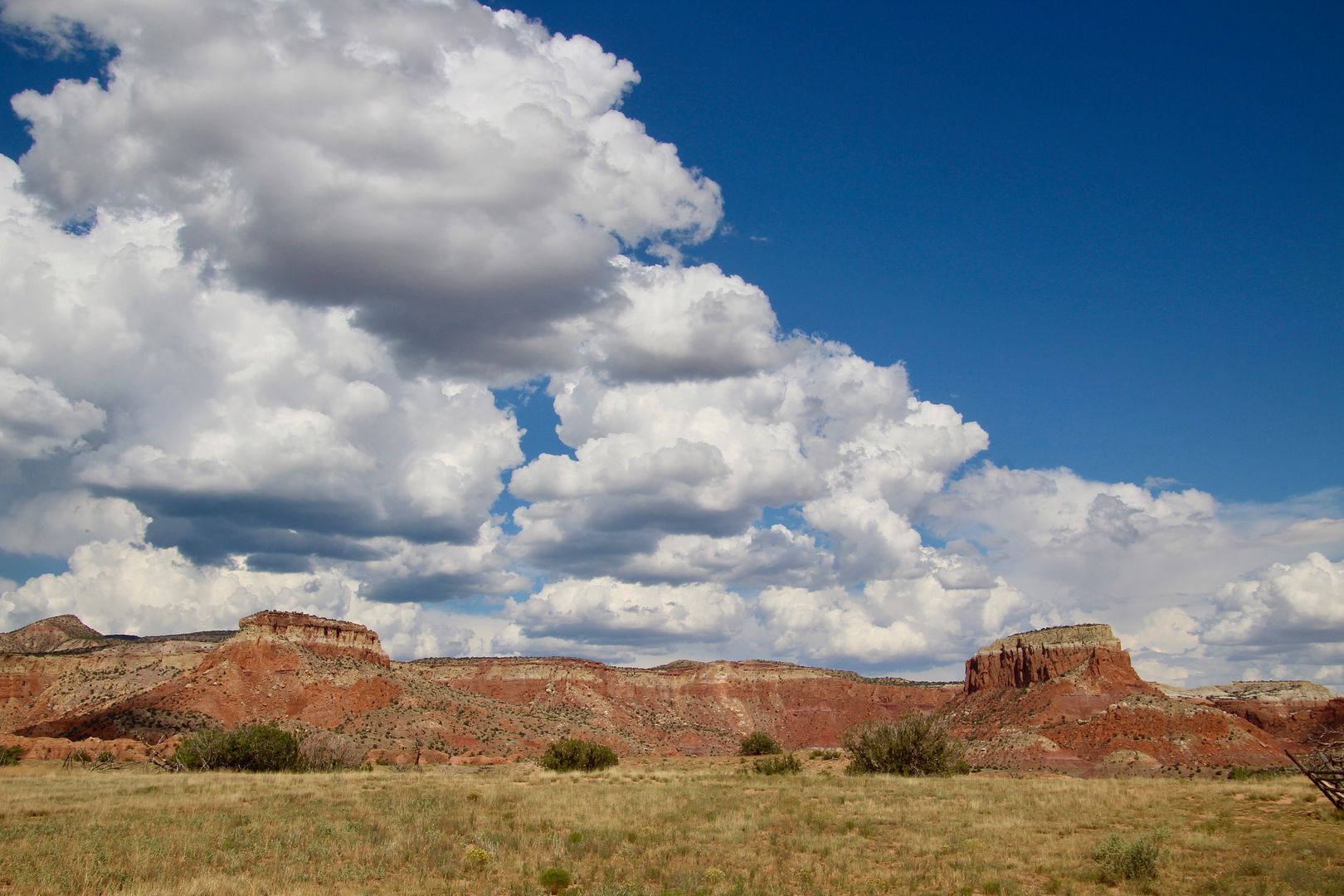
No comments:
Post a Comment